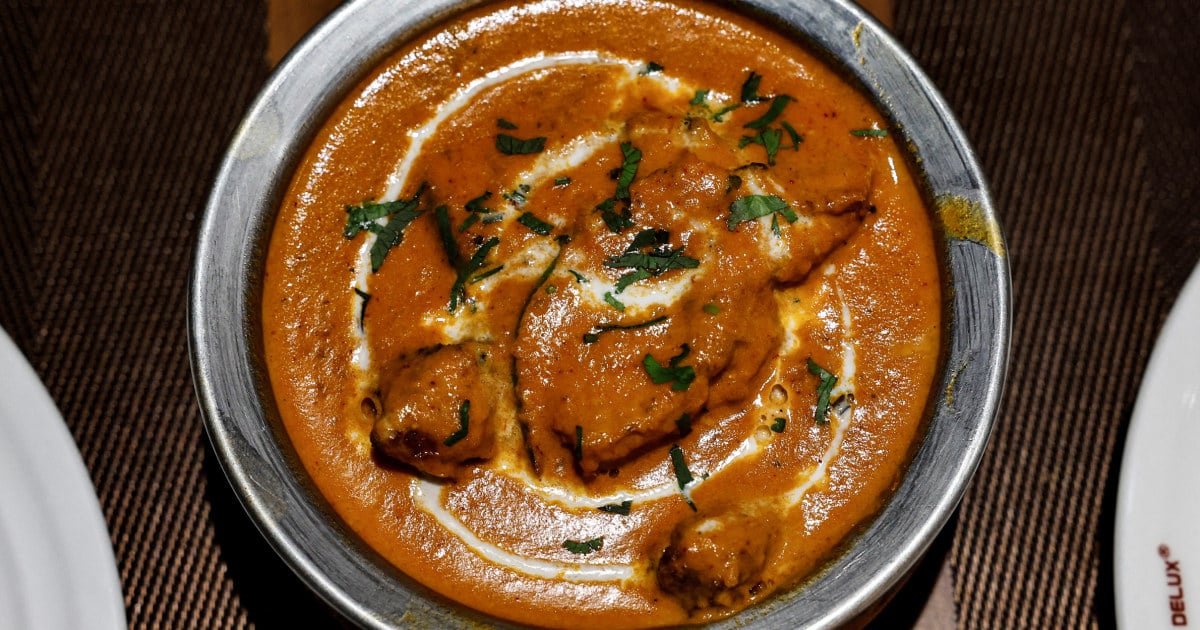Two Indian restaurant chains are battling it out in court over claims to the dish’s origins.
Butter chicken — one of India’s best-known dishes globally — is delicious and apparently also contentious, with two Indian restaurant chains doing battle in court over claims to its origins.
The lawsuit — which has become a hot topic in India — was brought by the family behind Moti Mahal, a famed Delhi restaurant brand that has counted the late U.S. President Richard Nixon and India’s first prime minister, Jawaharlal Nehru, among its guests.
It claims restaurant founder, Kundan Lal Gujral, created the curry in the 1930s when the restaurant first opened in Peshawar before it moved to Delhi. In a 2,752-page court filing it has sued rival chain Daryaganj, accusing it of falsely claiming to have invented the dish as well as dal makhani, a popular lentil dish that is also laden with butter and cream.



People think English food is bland. In fact, we got fed up with it and went looking for new flavours. We then named our new food styles after the country/area we stole it from, then force exported it back!
British “Indian” food is very different to Indian food. Chinese food bears very little resemblance to British “Chinese” food etc.
Similar story in the US, except instead of a global colonial empire, we just welcomed immigrants from all over the world. They came here and made food that reminded them of home using ingredients they could source locally. So many of the “international” dishes we enjoy here would be unrecognizable in the countries they are associated with.
In some ways, it’s an inversion. I. The UK we used a wide range of ingredients with a limited set of cooking methods. The US it was reversed, multiple older methods being used with a new limited ingredient set.
It’s an interesting compare and contrast.